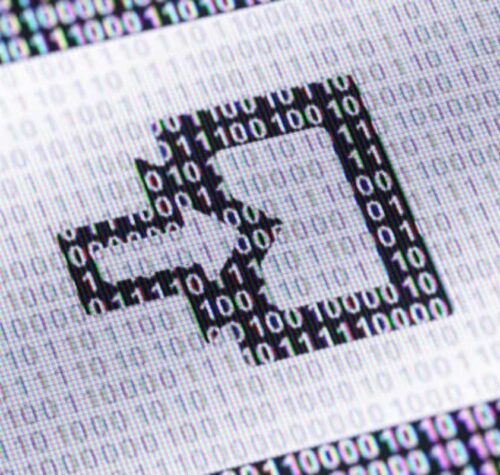
How Many Jobs Are Available in Basic Industries
How Many Jobs Are Available in Basic Industries
Basic industries offer many job opportunities, and people with different abilities can find work here. To get a job in this sphere, you must read.

How Many Jobs Are Available in Basic Industries
Basic industries offer many job opportunities, and people with different abilities can find work here. To get a job in this sphere, you must read.

Jobs That Pay 20 An Hour
Finding a job that pays a living wage can be challenging, but quite a few well-paying positions offer hourly rates of around $20 per hour. This hourly.

Hi, today we are going to discuss the 250 Watt Solar Panel Price from Amazon, so let us get started.

Jobs that Pay 40 an Hour
Hi, Today we are talking about jobs that pay 40 an hour. Below are the details.
Company: American Airlines

How to Become a Tattoo Artist
So, if you love art and design, like drawing or painting, and do not mind touching people, you can become a tattoo artist. A tattooing career is.

Call Center Jobs Work From Home
Hi, Today we are discussing call center jobs that work from home. Below are the details.
Company: Fair, Anderson & Langerman
Our Managed IT Services practice.

Jobs that Pay to Relocate and Provide Housing
Hi, today we are talking about jobs that pay to relocate and provide housing, below are the details.
Company: Parks and Wildlife.

Hamming code
Hamming code is an error correction system that can detect and correct errors when data is stored or transmitted. It requires adding additional parity bits with the data..

Vet Tech Jobs Near Me
Hi, Today we are talking about vet tech jobs near me. Below are the details of tech jobs.
Company: Oconomowoc Animal Hosptial
Pay: $20 – $24 an hour
Job.

Niu Kqi3 Max
The {Niu} Technologies {KQi3 Max} has the sort of specification profile that would make it the perfect urban commuter scooter — particularly for those who live in a city with.